Where should I start, with a U.S. Coin collection?
I Recently started collecting, I started at the area fleamarket . I went to a coin shop and spoke to someone who I know was knowledgeable . it turns out that I overpaid for a couple of the Coins to a total of $30-$40. This has kind of put me off.
As a beginning collector, should I start with quality and just pay the money upfront ? I paid $10 for what I thought was a high-quality Indianhead penny and it turned out it had been polished.
0
Comments
Start with books:
Red Book (but do not assume that the listed values are accurate)
QD Bowers/Grading Coins by Photographs (or another good grading guide)
QD Bowers/The Expert's Guide to Collecting and Investing in Rare Coins
SA Travers/The Coin Collector's Survival Manual
Some more comments:
Buy a decent loupe. Don't attempt to evaluate a coin using just your eyes.
Join the American Numismatic Association, and take an introductory grading class, if possible.
Figure out what you want (and can afford) to collect. You cannot buy everything you want, so think about starting with a modest type set (old Dansco 7070 album) or specialize.
PCGS has a number of presentations about grading on YouTube. Watch them.
Find yourself a mentor. Few collectors form nice collections by acting as lone rangers.
Slowly begin to figure out which dealers can be trusted to treat you fairly (VERY IMPORTANT)--the 'good' dealers are very much in the minority.
Patience is a great virtue---there were many times when my smartest moves were to just walk away and not buy anything. If there is something that bugs you about a coin as you are thinking about buying it, keep your money in your pocket--you are unlikely to fall in love with that coin later.
Quality trumps quantity in forming any kind of collection, from both aesthetic and financial points of view. Make each purchase count---a handful of exceptionally eye-appealing coins makes a more favorable impression than 100X pieces of 'stuff'. A few Forum members collect coins using a 'Box of 20' concept--it is an artifice, but it forces one to focus on eye-appealing coins, since a coin must be sold to make room for a new one. Look at Lord Marcovan's Box of 20, for example.
Coins have varying degrees of liquidity. It takes time to maximize your return (or minimize red ink), so don't assume you will get most of your money back if you need to raise cash in a hurry. Coins are not a cash reserve.
"As a beginning collector, should I start with quality and just pay the money upfront ?" This depends on whether you plan on spending what you consider significant amounts of money on coins. You will make lots of mistakes at first, even just buying already certified coins, in large part because you don't know what 'quality' in coins is yet. To become moderately proficient (i.e., knowledgeable) as a collector will take 3-5 years, assuming you have access to lots of coins. I don't think it's possible to learn how to grade coins---even at an intermediate level---if you don't have routine opportunities to see lots of coins (good, mediocre, ugly, altered) in hand.
It is MUCH easier to buy a typical coin than it is to sell one. Attempting to sell a coin back to the person you bought it from will also be revealing regarding the dealer and your perception of what is a nice coin. Collectors need to make an attempt to learn useful things about how the business end of the hobby works (coin auctions, pricing coins, different types of dealers, professional grading, etc.) too. Don't wait to sell coins until you want to sell your entire collection.
RMR: 'Wer, wenn ich schriee, hörte mich denn aus der Engel Ordnungen?'
CJ: 'No one!' [Ain't no angels in the coin biz]
If you're not sure, then buy only certified coins by a reputable company such as PCGS. The quality or grade level that you select depends upon your preferences, the series you choose and your personal budget.
Sometimes, it’s better to be LUCKY than good. 🍀 🍺👍
My Full Walker Registry Set (1916-1947):
https://www.ngccoin.com/registry/competitive-sets/16292/
Hi welcome. A $10 or even a 30-40 dollar education is a great start, and you've come to the correct conclusion that you need to reach out. If you can post photos of your coins here, that would help to show us what you were thinking.
In the current market pricing, there are going to be nice quality coins available in any budget that will be safe and have liquidity. Even raw coins can be had that are problem free and nice but I'm sure the recommendation will be to avoid those in favor of coins graded by PCGS or NGC to start with.
Loss margins exist in any coin purchase.
But that changes over time when you see enough to grab a diamond in the fields and get in the positive side of the ledger a few times.
Don't plan to sell what you purchase, and don't purchase anything you couldn't sell.
Welcome and you are smart to come here to seek knowledge.
In addition to the excellent advice above, I always felt the information in this link would be helpful to new (and even old) collectors:
caccoin.com/member-articles/mark-felds-coin-collecting-tips/
Mark is no longer a dealer, but is now at Heritage Auctions.
"She comes out of the sun in a silk dress,
running like a water color in the rain...."
What is your budget and what coins do you like? I started with Lincoln cents and Roosevelt dimes in albums. Spending $10 on a coin was a lot. In that case, collecting certified coins makes no sense.
Don't get disheartened! All of us paid the "numismatic tuition" at one point or another. And at $40 it's way cheaper than most. Once you get the loupe, try to figure out what the signs of a polished coin are.
I'll post pictures when I get home. Thank you all for your advice!
Well, you may as well start EVERYWHERE. Because, unless you're extremely disciplined, you're going to snap up everything you think would be wicked neat to own.
Then, once that's out of your system, you'll probably make your decision. But you'll STILL keep buying off-topic coins.
Cheers
Bob
Get the Lincoln Memorial Whitman folders. Get $50.00 worth of rolled pennies (cents). This simple excersice can teach you a great deal about grading, looking at coins, and what's 'rare' and what isn't. You can learn to see "high grades" in the wild, learn that after 5000 coins you may still have an open hole for 1974 S, and that even though 2009 was just here....you may not find more than a dozen. Pick the finest looking bright coins, examine them with a 5X loupe for nicks, scratches and those dreaded black pool spots. There are scarce varieties, the 1960 and 1970 small dates, the 1972 Doubled Dies, the Wide AM pieces, genuinely valuable coins exist here...IF you know what to look for (Buy a Redbook!!!!)•••••••••This may sound like dumb advice but ill bet 97% of us here started this way (when we were 7 years old)
I like Ambro's idea.
RMR: 'Wer, wenn ich schriee, hörte mich denn aus der Engel Ordnungen?'
CJ: 'No one!' [Ain't no angels in the coin biz]
There's quality at every price point, from $1 to $10,000,000. Do some learning around here and from books mentioned. Look at stuff at coin shows, if there are any in your area, to see what you like. If you can trust the person at the coin shop you went to, see if they can relate to your budget such that you could establish a working relationship with them.
Keeper of the VAM Catalog • Professional Coin Imaging • Prime Number Set • World Coins in Early America • British Trade Dollars • Variety Attribution
Coins are money if you pay more than face it's collecting. First thing to collect is knowledge. Now have fun building your collection. And welcome to the Forum.
Your lesson was cheap. Some people collect for years or decades before they learn they are paying far too much.
Decide what you'd like to collect and sell a coin once in a while. Some coins sell way over catalog and some sell way under. Learn the differences.
I'd suggest starting with a raw 20th century type set in Fine through Uncirculated grades. To house the set you can get folders, albums, or one of several types of picture frame style holders such as this
Liberty: Parent of Science & Industry
Buy the book before the coin. Buy books on whatever topic you will be specifically studying.
Fan of the Oxford Comma
CCAC Representative of the General Public
2021 Young Numismatist of the Year
I don't know what your goal is, but if it's a hobby, you want to have fun and don't want to get gouged, try what some have suggested here, get some Whitman folders for coins currently circulating, and start filling them from pocket change. Getting the "Red Book" (United States Coins 2017, 70th ed. R.S. Yeoman) gives you a context, intro, and ballpark sense of what's special and what's less so.
If you enjoy that, you'll find yourself getting more specifically curious about quality, and branching out into other older coin series or foreign coins. That's where the education and caution come into play, and the advice many are giving here about what you need to know and how you get to know it becomes valuably pertinent. Be sure to come back here often with your questions as you move in that direction!
Welcome!
Here's a warning parable for coin collectors...
Welcome.
Lots of great advice above.
Doesn't hurt for everyone to get a refresher on this topic.
"If I say something in the woods and my wife isn't there to hear it.....am I still wrong?"
My Washington Quarter Registry set...in progress
Another Suggestion:
Agree that it's difficult to know what a coin "should" look like when you've never seen one before! So, just as a learning activity, I'd suggest going to dealer/auction websites with good photographs, and just browsing through the coins that interest you. Great Collections would be an excellent place to start.
Take some time to assess what the coins look like, what you like about the coins, what you don't like, what the assigned grades are, what the "problem" coins look like, etc. Then check the selling price vs. the price guide values. Pretty soon, you'll start to understand things like polished coins, cleaned coins, over-dipped coins, high quality vs. low quality, etc.
You need to build up an internal knowledge of what's good, and what's bad. Same can be done in any good coin shop....but the selection and grade range is probably better at a comprehensive auction site.
(Plus, it's kind of fun!)
Good luck.
I'd suggest picking up a Red Book and browsing through it. It will give you some good starter information as well images of what different stuff looks like. Maybe something will catch your eye. Or if you like a certain denomination make a set where you get one of each type. Or even get simpler than that and do a birth year set. I'm going to start a birth year proof set- minus 100 years because I'm a still young.
Andrew Blinkiewicz-Heritage
Hello, on the way home I picked up the red book and a book to display flying eagle and ndianhead cents. of course I had to stop at the coin shop and pick up things to fill it. I bought a 1857, 1859, 1862, 1863, 1881, 1905, 1906, 1907 and a 1908. Here are the pictures of the coins I think I over spent on, The Indianhead was $10, the half dollar was $14, The shield nickel was $14 and the dime was $20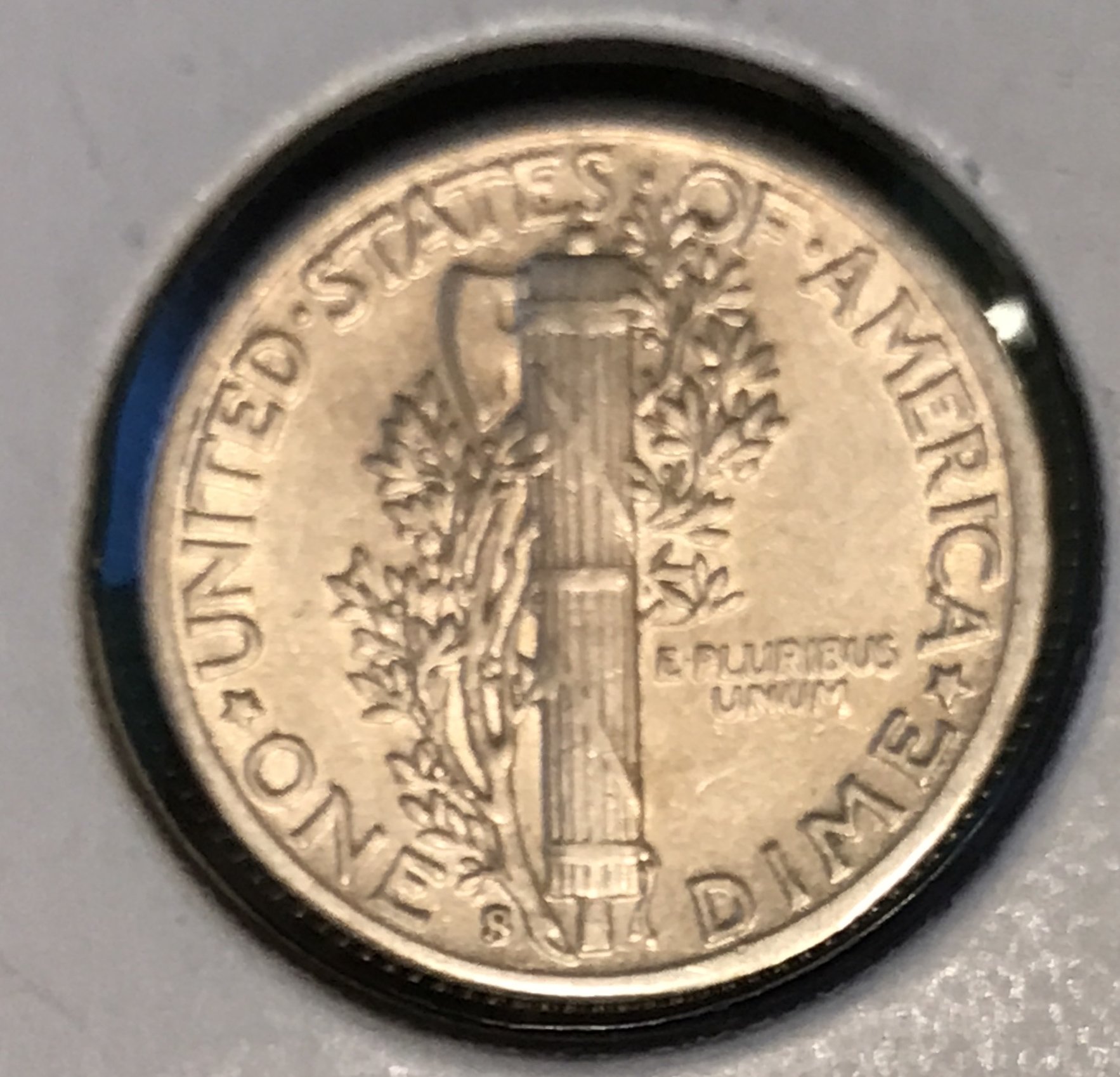
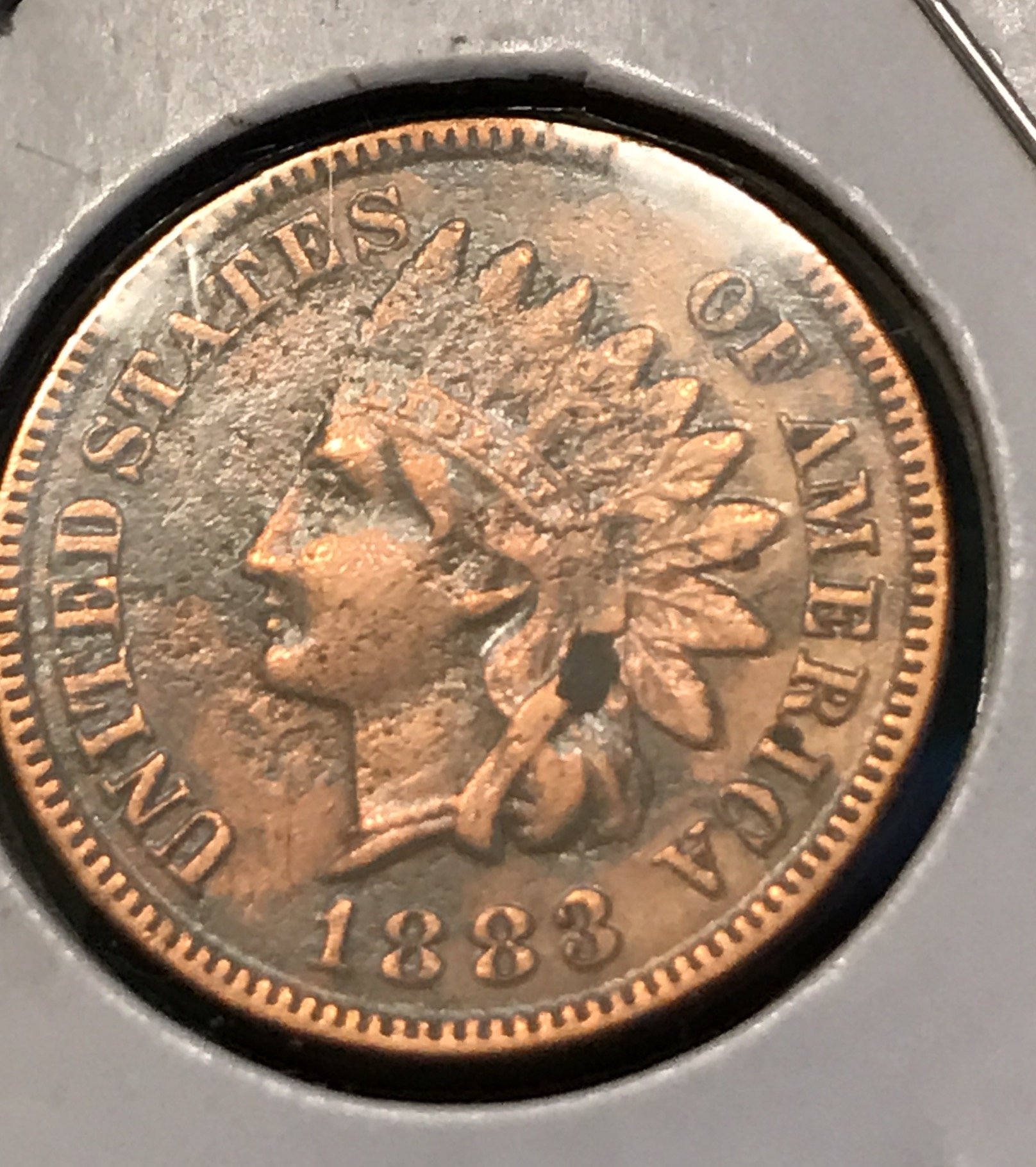
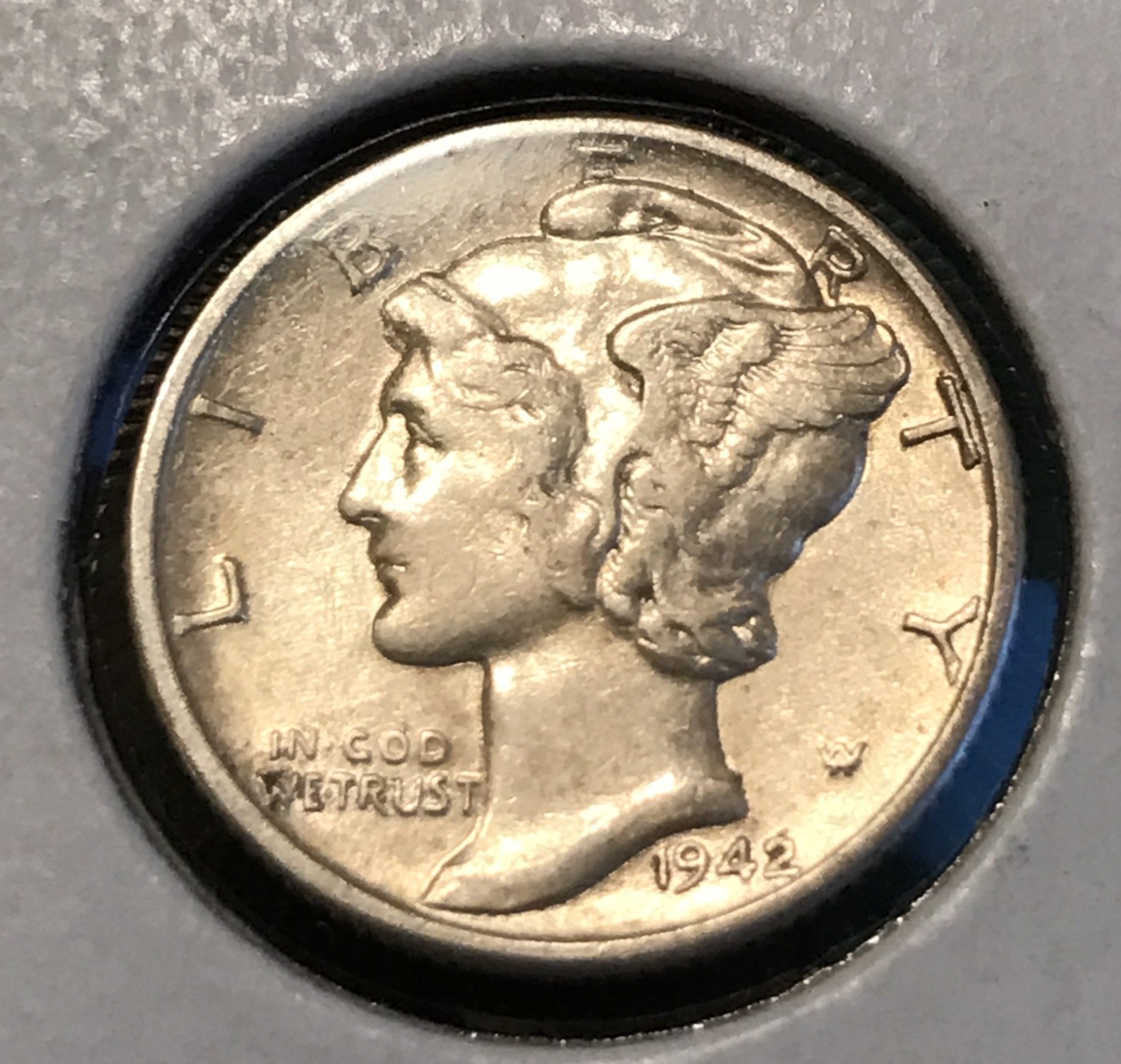
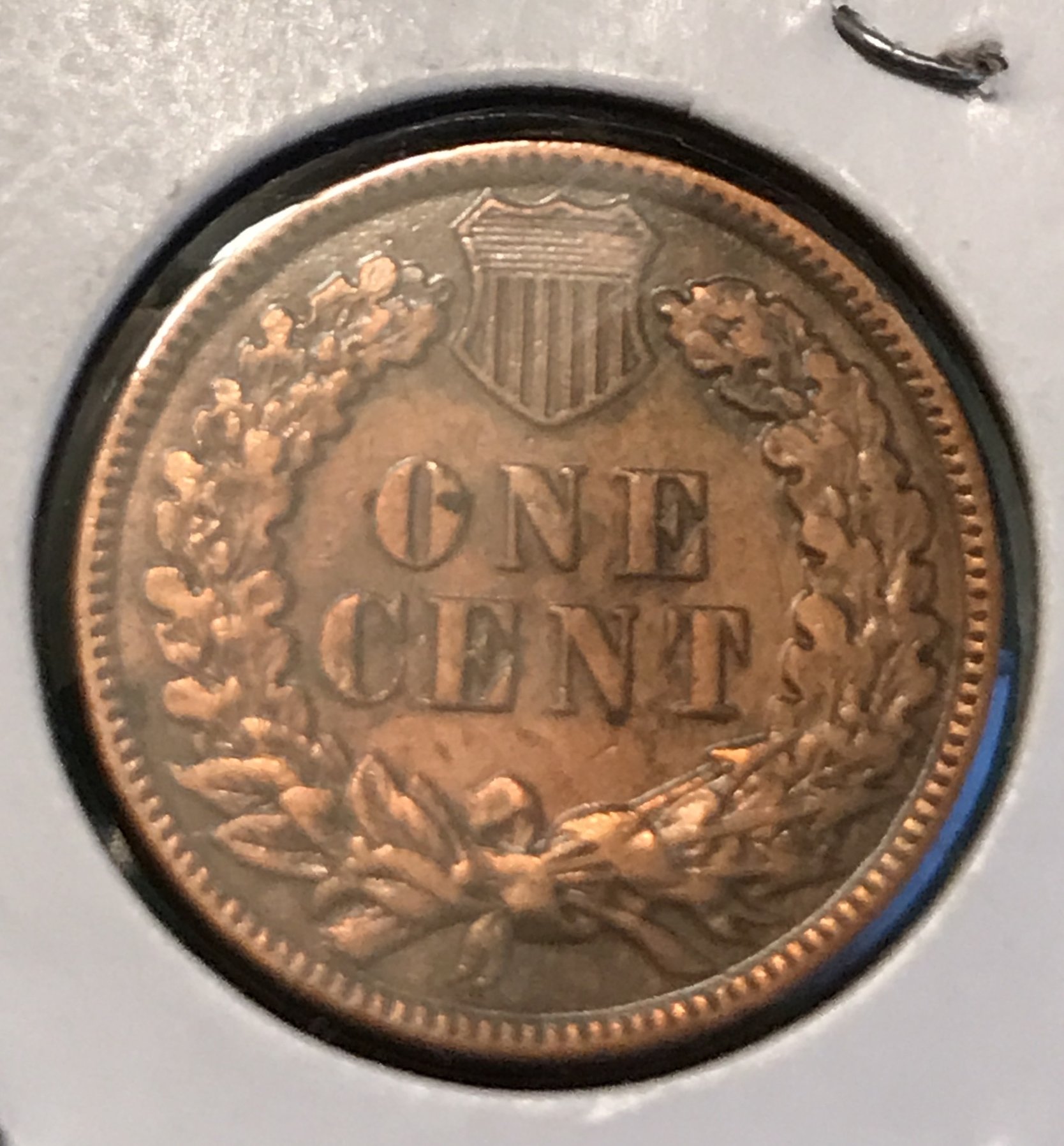
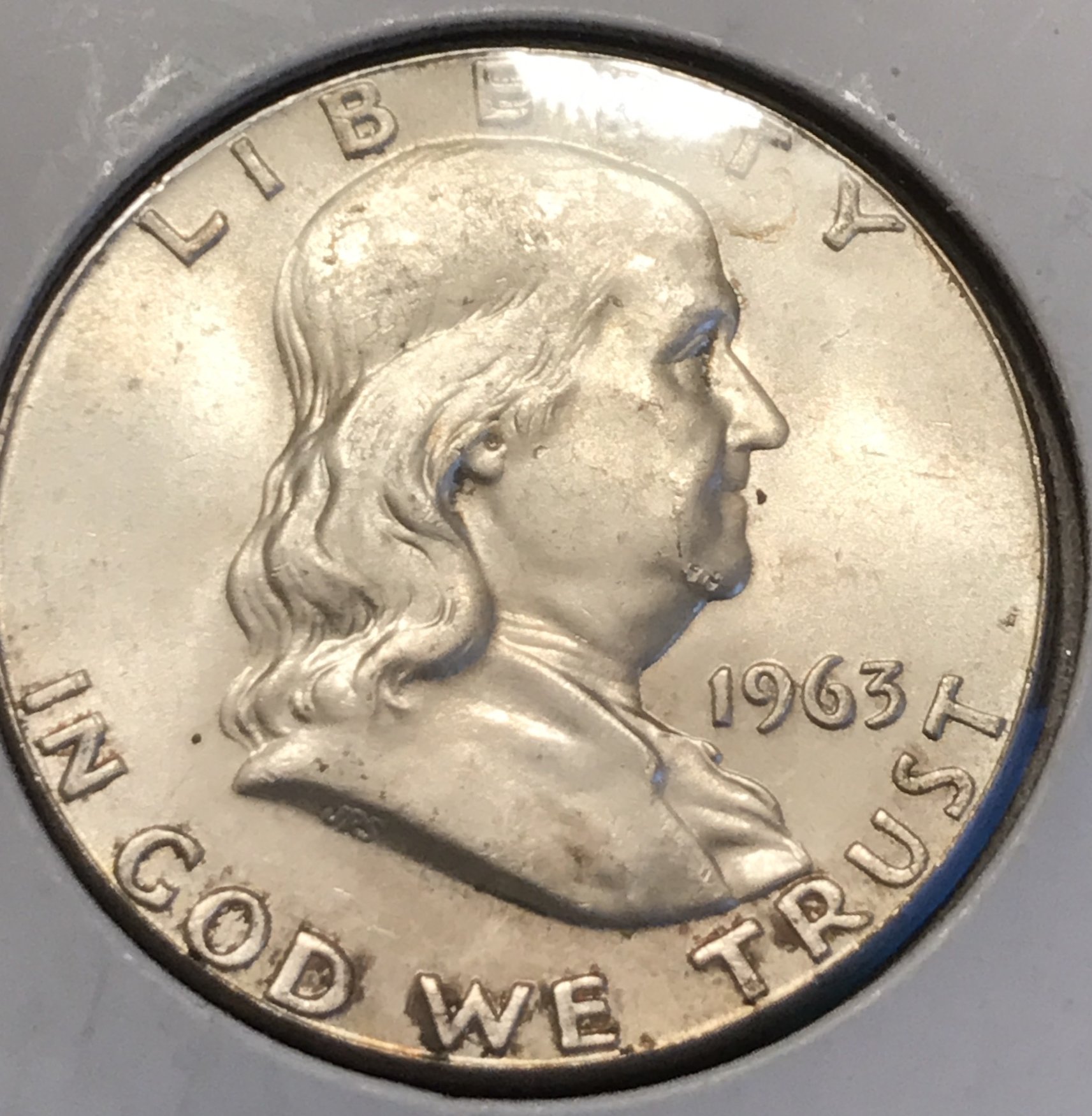
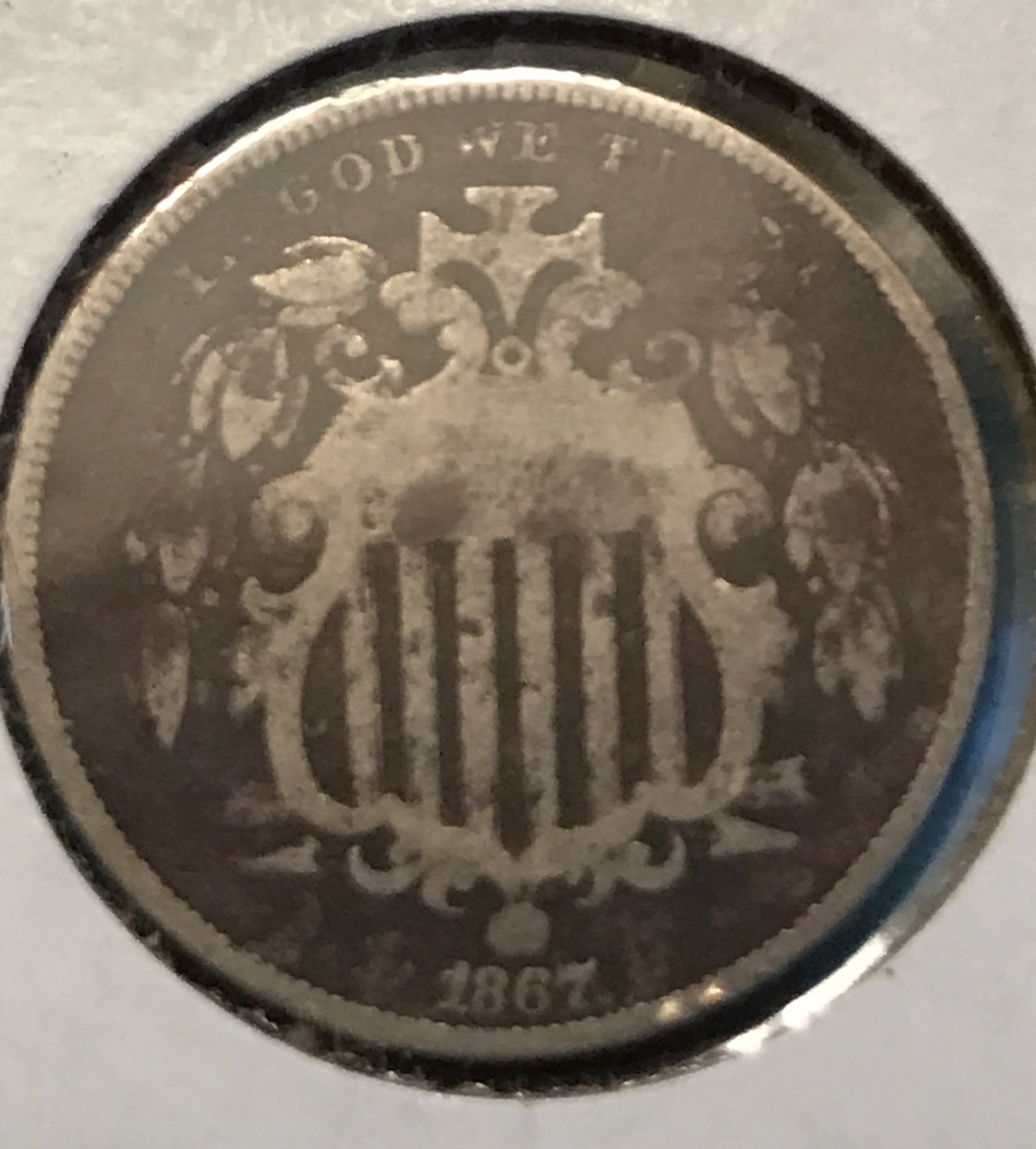
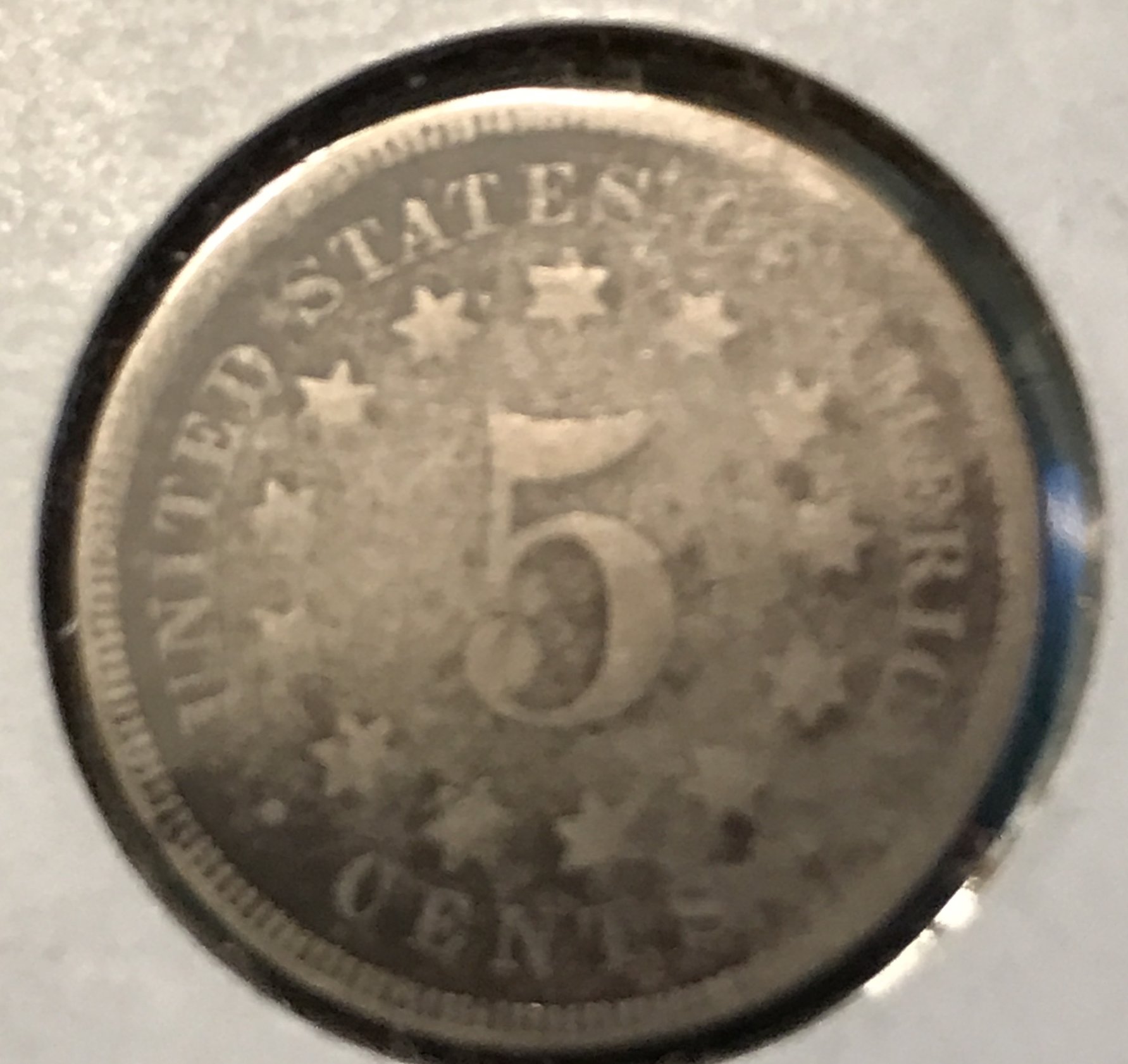
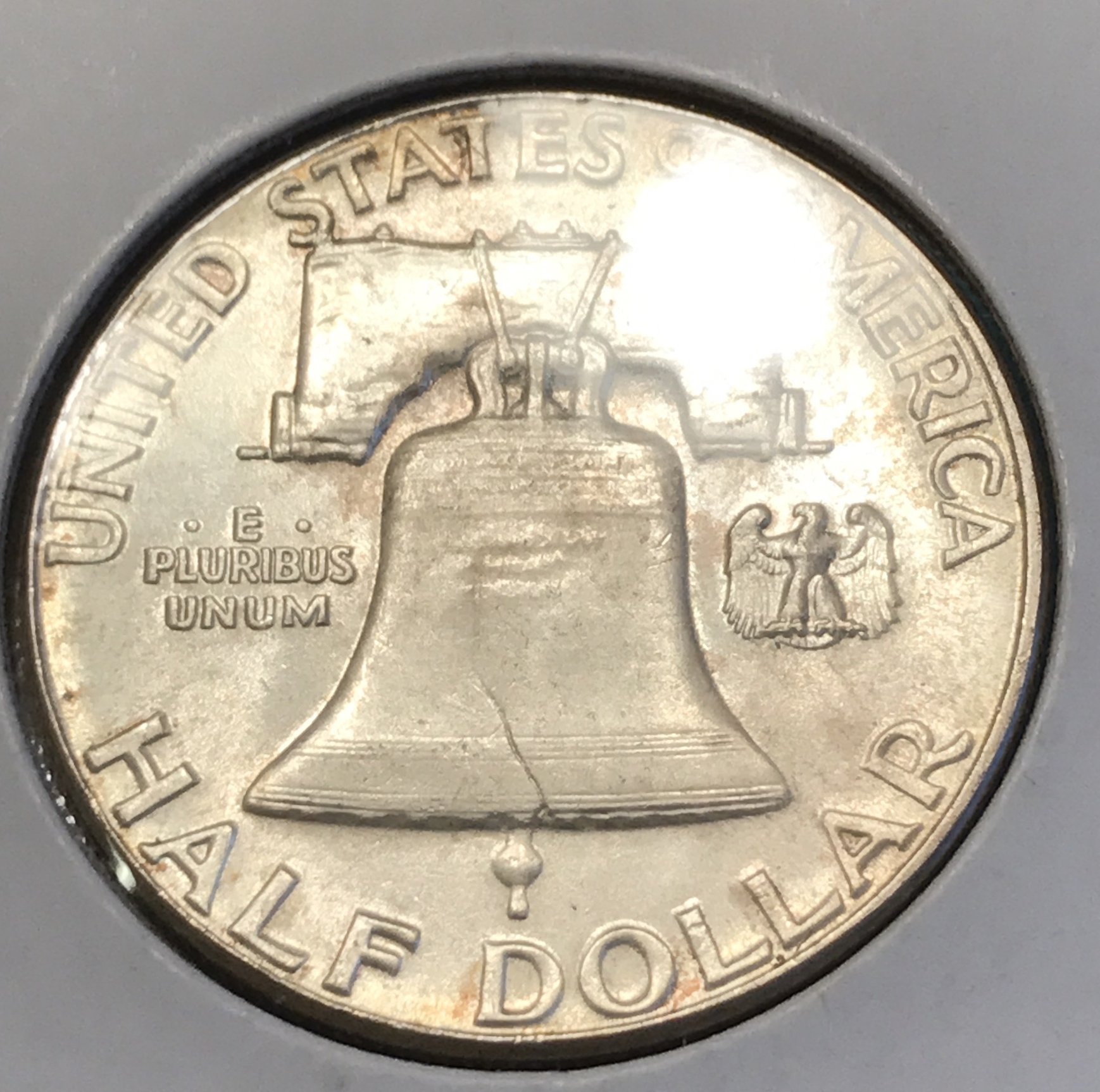
Good for the pictures.
Tell us what you thought of the overall condition of the Indian cent and Shield 5c and why you chose those over any others of those types you looked at.
Because they are not in the best of shape truthfully.
For the Indian cent, he stressed how you could read the word liberty and how that was important. As far as the nickel I guess to be honest I was on a buying spree.
Sharkman,
Check your PM box.
RMR: 'Wer, wenn ich schriee, hörte mich denn aus der Engel Ordnungen?'
CJ: 'No one!' [Ain't no angels in the coin biz]
Welcome aboard. I love when people get excited about coins. Don't worry about making mistakes. We all made mistakes and we still make mistakes all the time. That's just part of the experience and learning. If you were a friend of mine, I would caution you from buying any coins at flea markets or eBay until you understand the difference between an original looking coin and one that has problems and when you also more familiar with prices.
When my kids were first starting out, I would take them to a coin show and give them $20 and tell them they could buy whatever they wanted in their area of interest. I also told them to walk around and price stuff and look over the various coins before making a purchase. For example, if they really liked indian head cents and needed an 1883, I would have them try to find the nicest one they could for the best price under $20. I also explained, if they got a really nice one for under $20, they could then use the money to buy another coin or take the money home if they wanted.
So, off they would go with their $20 and they had a goal now. I made sure they at least walked the whole coin show and talked to different dealers before making a purchase. I would have them write down the table numbers of the dealers who had coins in their price range along with notes on the coins and then to keep on walking and talking. Then I had them go back after seeing all the coins and look at the tables they had written down and try to find one that fit their collection, in the best condition and at the best price.
After they had figured out which coin they wanted, they would ask the dealer to hold it for a minute and come find me. I would go over and check out the coin and tell them what I thought. The kids loved doing this and eventually stopped asking me to come look at it and they would just buy it and then come show me.
So, long story short, I would tell you to pick a coin, pick the most you want to spend (use the red book as a guide), pick an approximate grade, and then go to a coin show and start walking and talking There's nothing like a coin show to really let you see the differences in coins, prices and dealers.
There's nothing like a coin show to really let you see the differences in coins, prices and dealers.
Learn as much as you can- it's fun, and knowledge is power.
I have a second job giving opinions and accepting submissions at coin shows for another grading company. By far, the number-one piece of knowledge I see lacking with the people who come to my table for opinions is the ability to tell a cleaned coin from a problem-free one. Learning how to do that early will make for much more enjoyable collecting in the future.
If you can, go to a local coin show and look at a LOT of coins, especially certified ones. Pay particular attention to coins labeled as 'cleaned' or other problems and compare the color and luster of those coins to coins that are certified without any problems. This will help you spot cleaned coins so you can avoid them (unless your passion is collecting coins you know are cleaned, in which case, carry on!). Until you are confident in your ability tell problem coins from problem-free ones, I would stick to buying only certified coins from PCGS, NGC, ANACS or ICG.
I also recommend spending time here, as many of the top minds in the hobby are regular posters and are very generous with their knowledge.
@Sharkman987 .... Welcome aboard.... and welcome to the hobby. We have all had experiences such as yours... it happens when just beginning..... However, that being said... there is superb advice already offered here (i.e. Sonorandesertrat and others)... and you have purchased your first books - an admirable step in the right direction. Next, come here frequently, read everything and ask all the questions you have.. you will get answers. Have fun, it is an awesome hobby. Cheers, RickO
Welcome, and much of the advice above is from knowledgeable folks.
Start with books and I believe one of the first sets You should work on is the 20th Century type set.
And of course stay here, ask questions and learn.
Successful transactions with : MICHAELDIXON, Manorcourtman, Bochiman, bolivarshagnasty, AUandAG, onlyroosies, chumley, Weiss, jdimmick, BAJJERFAN, gene1978, TJM965, Smittys, GRANDAM, JTHawaii, mainejoe, softparade, derryb, Ricko
Bad transactions with : nobody to date
Welcome! You joined the right place to learn. Have fun no matter what.
My YouTube Channel